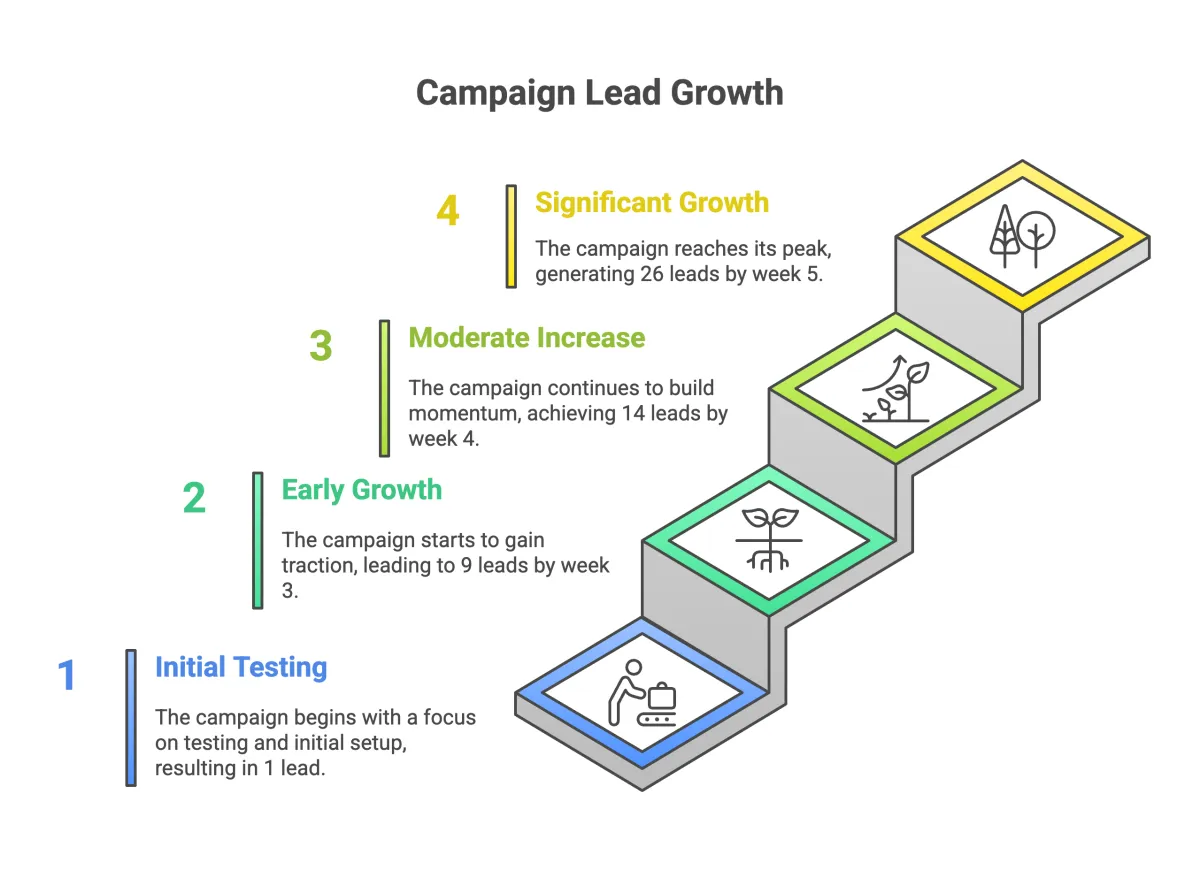
Case Study: The Reality of Lead Generation - What to Expect When Launching Your Digital Marketing Campaign
In the fast-paced world of digital marketing, patience isn't just a virtue—it's a necessity. Yet, it's often the first casualty when businesses invest in lead generation campaigns. The expectation gap between what business owners hope will happen and what actually unfolds can lead to frustration, premature abandonment of campaigns, and missed opportunities for growth.
We've guided countless businesses through this journey. In a recent episode of our Click and Mortar podcast, we decided to pull back the curtain on what a typical lead generation campaign progression actually looks like—using real data from a current client campaign.
The Expectation vs. Reality Gap
Let's be honest: when most businesses launch a digital marketing campaign, they're hoping for immediate results. You've allocated budget, approved creative, and you're ready to see those leads rolling in. But digital marketing, like most worthwhile business investments, operates on a curve rather than a switch.
As we shared in our podcast, even with expert guidance, our client's campaign demonstrated this reality perfectly. The first two weeks? Nearly flat with just a single lead generated. This initial phase isn't a failure—it's an essential testing period where we're gathering data and iterating toward effectiveness.
The Three Phases of Campaign Progression
Based on our experience across hundreds of campaigns, most lead generation efforts follow a predictable pattern:
Phase 1: Testing and Signal Collection (Weeks 1-2)
During this critical foundation-building phase, we're testing multiple approaches simultaneously. For the featured client, we explored:
Directing traffic to custom landing pages
Generating direct message conversations on Facebook and Instagram
Encouraging phone calls directly from the platforms
Utilizing native lead forms within social platforms
The goal isn't immediate volume—it's finding the right combination of platform, creative, and call-to-action that resonates with your specific audience.
As Dustin noted in our discussion, "as much as we try and have a crystal ball, we don't know what your audience likes to do in terms of how they want to reach out." This experimental period identified that for this particular client, native lead forms on Meta platforms outperformed other methods.
Phase 2: Initial Scaling (Weeks 3-5)
Once we identify what's working, we begin optimizing and scaling those elements. The results often speak for themselves:
Week 3: 9 leads
Week 4: 14 leads
Week 5: 26 leads
This nearly 3x growth from week 3 to week 5 demonstrates how quickly things can accelerate once you've found the right approach. However, this isn't simply about increasing spend—it's about refining messaging, creative elements, and targeting based on initial data.
Phase 3: Quality Optimization
With volume established, the conversation shifts to quality. As Dustin explained, "now that we've kind of found the faucet to start conversations, now let's put a little strainer below that and start filtering for the real quality conversations."
This phase involves:
Adding qualifying questions to lead forms
Incorporating intent-based channels like Google Search
Analyzing conversion patterns further down the funnel
Adjusting messaging based on common questions or objections
The Art and Science of Balancing Quality and Quantity
One of the most nuanced aspects of campaign management is finding the right balance between lead volume and lead quality. This isn't a one-time decision but an ongoing conversation.
"This isn't a set it and forget it process," I emphasized during our discussion. "This is, hey, what's our right balance between volume and quality?" The sweet spot varies by business, industry, and even by season.
What makes this particularly challenging is that the sources of quality leads shift over time. A channel producing your best prospects today might deliver lower-quality leads next month as market conditions change. This is why constant communication with your marketing team is essential.
Beyond Basic Lead Generation: Sophisticated Optimization
As campaigns mature, we often introduce more advanced techniques:
Lead scoring systems that automatically qualify prospects based on behavior and attributes
Custom qualification logic to route higher-potential leads to sales teams more quickly
Cross-channel attribution models to understand the full customer journey
Feedback loops that incorporate sales team insights into marketing optimization
Dustin emphasized a crucial point often overlooked: "be attuned to what the conversations are that are happening. Are there common questions that people are asking? Because we could use that and front load that in the ads and alleviate that and now you don't have as many leads, but now they're more qualified."
Setting Realistic Expectations: The Key to Campaign Success
Perhaps the most valuable takeaway from our conversation was the importance of aligned expectations. As Dustin noted in our closing thoughts, "that's pretty much all that's missed out the gate in most situations is just not alignment on what to expect."
A realistic timeline for campaign development allows both marketing teams and business leaders to make better decisions, avoid premature pivots, and build campaigns that deliver sustainable results rather than quick but temporary wins.
Applying These Insights to Your Business
Every business is unique, but these progression patterns remain remarkably consistent across industries and campaign types. Whether you're launching your first digital marketing campaign or looking to improve existing efforts, consider:
Planning for a proper testing phase before expecting significant volume
Setting appropriate KPIs for each stage of campaign development
Building feedback mechanisms between sales and marketing teams
Focusing on trend lines rather than daily fluctuations
Balancing patience with appropriate accountability
Watch the full episode for additional insights on how often to update the creative in your digital advertising campaigns.
Watch the Full Episode on YouTube
Listen to the Full Episode on Spotify
Want personalized guidance?
Schedule a free discovery call to discuss your specific digital advertising goals: https://link.eic.agency/widget/bookings/c-and-m-demo_start
This article is based on insights from the Click and Mortar podcast hosted by Mike Patterson and Dustin Trout, digital marketing experts focused on helping businesses maximize their advertising ROI.

